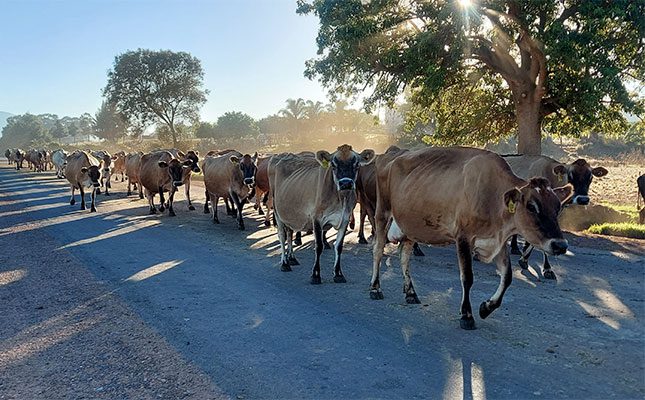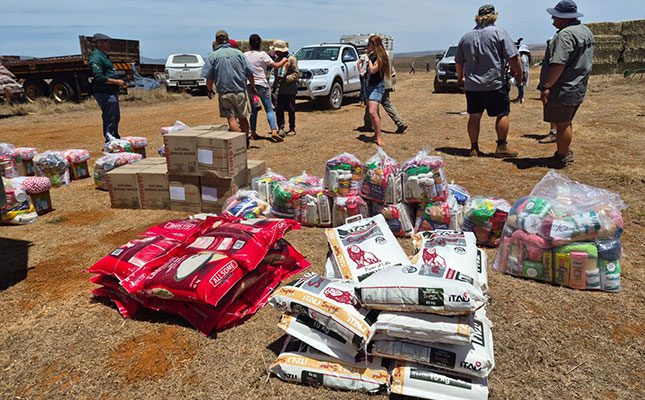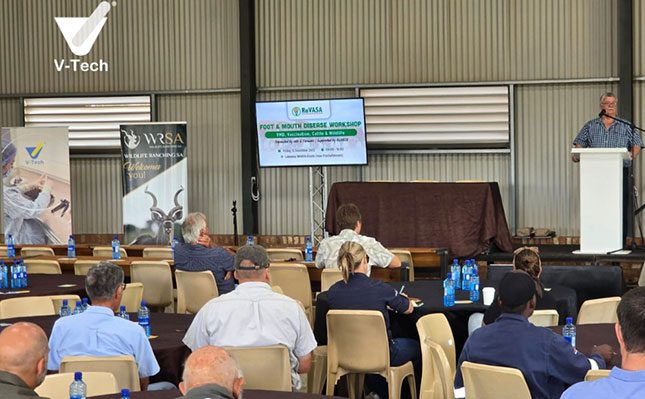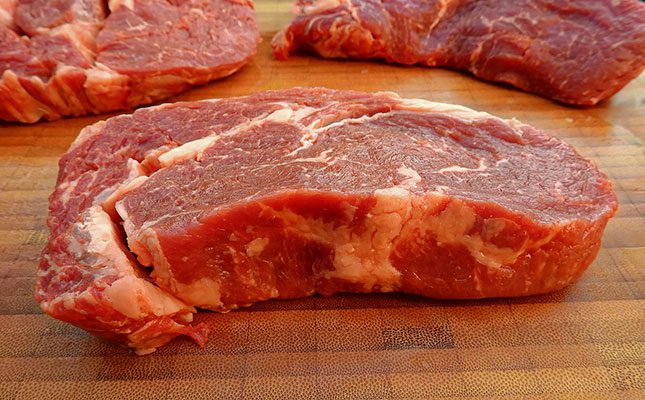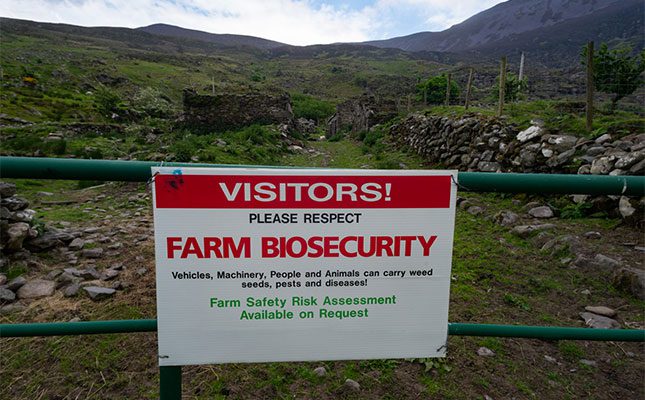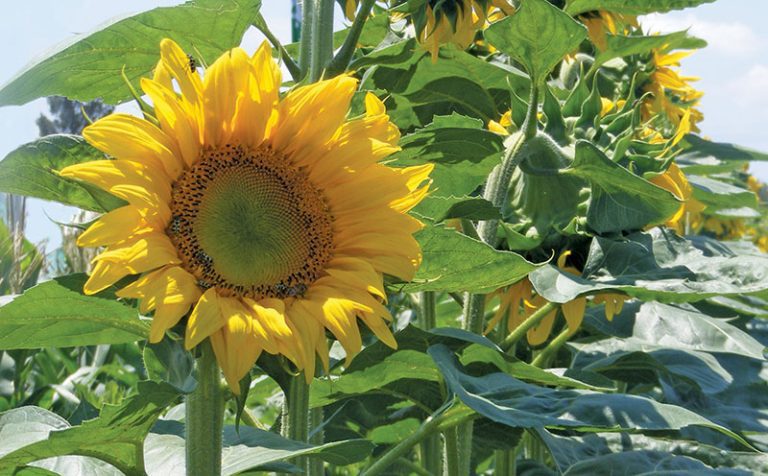
Prolonged high temperatures can wreak havoc on crops, especially if they occur during critical growth stages.
Dr Peter Johnston, a climate scientist at the University of Cape Town, spoke to Farmer’s Weekly about the balance between crops and heat.
“Grain can withstand some high temperatures, even as high as 36°C, but only for a limited time,” he said.
The real threat comes when heatwaves persist for 10 to 14 days, especially if they hit crops at vulnerable growth stages. Such events can devastate entire fields. Some crops like sunflowers, are less susceptible.
Johnston also mentioned that different regions in South Africa faced varying degrees of risk. “The drier areas of the western part of the maize regions, in North West and the Free State, are most susceptible,” he said. He warned that marginal areas, already barely suitable for farming, may become completely unviable due to rising temperatures and increased heatwave frequency.
Water scarcity and conservation
The link between heat and water availability is another crucial concern. As temperatures rise, water becomes scarcer, and pollutants in water sources can become more concentrated, further reducing its quality.
“Conservation of water is essential, and irrigation systems must be efficient. Efficient irrigation not only saves water but also reduces costs, making it a vital practice for farmers. The less irrigation required, the lower the costs, so conserving existing soil moisture is essential. Conservation agriculture is very helpful in this regard,” Johnston said.
He suggests that farmers focus on strategies to minimise water usage and improve soil moisture retention, such as mulching and cover cropping. These techniques, which are part of conservation agriculture, help maintain the soil’s water-holding capacity and reduce evaporation, ensuring crops have a better chance of surviving during hot, dry periods.
Long-term adaptations and crop shifts
Thabile Nkunjana, a senior economist at the National Agricultural Marketing Council, told Farmer’s Weekly that the effects of heatwaves were already evident. He referred to the 2023/24 summer in Southern Africa, which saw droughts devastate maize crops in countries like South Africa, Zambia, Zimbabwe, and Malawi.
“Severe heatwaves hinder crop productivity and increase the likelihood of food poverty,” he said.
For farmers to mitigate the risks posed by extreme heat, Nkunjana suggests adopting long-term adaptations. “It is becoming more and more crucial for all farmers to comprehend how crops respond to heat in the context of climate change and extreme weather,” he said.
One solution is to switch to heat-resistant cultivars or crops that are more tolerant of high temperatures. However, this adaptation requires careful planning, as farmers must also account for rainfall patterns and cooler periods during the growing season.
In certain areas, farmers may be forced to shift their growing seasons or even to grow entirely different crops.
“Some may be forced to switch crops,” Johnston observes, although this can be a complicated process. For instance, regions like Limpopo, the Northern Cape, and North West, typically warmer and drier, may see significant changes in their agricultural practices, especially with the anticipated shift from El Niño to La Niña, which is expected to bring more precipitation.
The role of forecasts and early warnings
Johnston and Nkunjana agree that accurate weather forecasting plays a critical role in helping farmers make informed decisions. “Forecasts are a general guide and are most useful when there is a climate signal like El Niño,” Johnston said.
Seasonal forecasts, which are issued monthly, give farmers a sense of what to expect in terms of temperature and rainfall.
“An indication of a drier or wetter (or hotter/cooler) season can assist farmers in their planning, especially in estimating input costs and expected yields,” he added.


